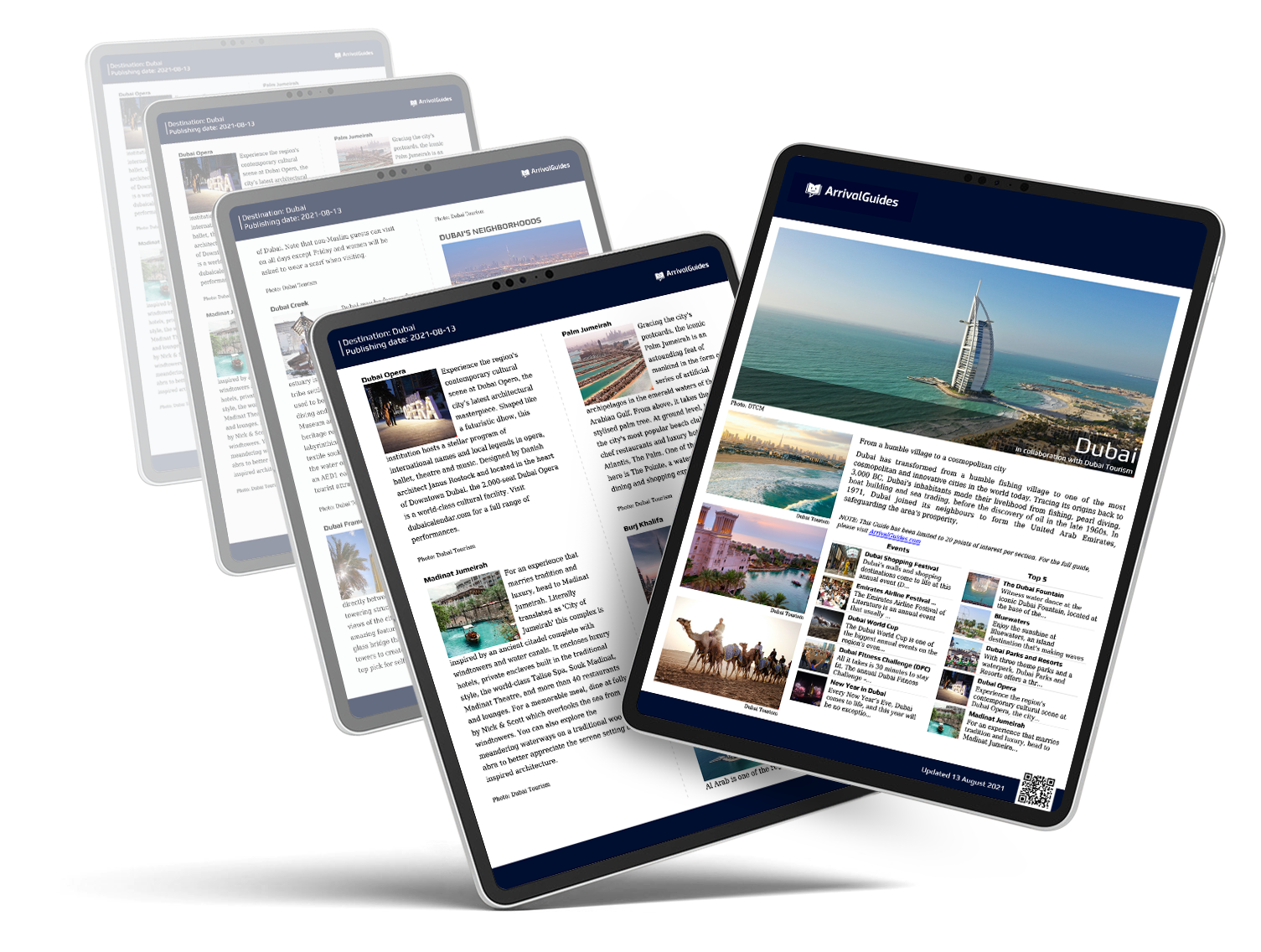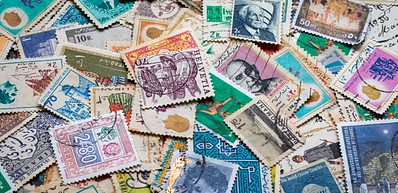
-
![red corded home phone]() Provided by: Miryam León/Unsplash
Provided by: Miryam León/Unsplash

Our travel guides are free to read and explore online. If you want to get your own copy, the full travel guide for this destination is available to you offline* to bring along anywhere or print for your trip.
*this will be downloaded as a PDF.Price
€4,95
Telephone
The guide was updated:Country code: +66
Area code: 077
Useful Information
Digital Travel Guide Download
Our travel guides are free to read and explore online. If you want to get your own copy, the full travel guide for this destination is available to you offline* to bring along anywhere or print for your trip.
*this will be downloaded as a PDF.Price
€4,95

Samui International Airport, situated in the northern part of Koh Samui, offers a variety of transfer options for arriving travellers. You can choose from private car taxis, private minivan taxis, shared minivan transfers, and car rental services found in the arrivals area. The journey by car to the city centre typically takes 20-25 minutes
For a budget-friendly option, a public bus service operates opposite the airport’s meeting building, departing every hour from 7:30 am to 9:30 pm.
Read more

Passport/Visa
Visitors to Thailand typically need a valid passport with at least six months of validity remaining, a visa (depending on their nationality), and a completed arrival/departure card, which is usually provided on the aeroplane or at the port of entry.
Additionally, there may be specific entry requirements related to health, such as vaccinations or medical certificates, so be sure to check the latest visa requirements and entry regulations from the Royal Thai Embassy or Consulate in your country through official government channels before planning your trip to Thailand.
Read more

Best Time to Visit
One could say that visiting Koh Samui is a good idea any time of the year. The weather is almost always sunny and warm, making it the perfect getaway from places with colder climates. All you need to know is that January is the coolest month of the year, but it has an average temperature of approximately 26°C/79°F. If you want to avoid the rainiest months, they are usually October, November, and early December. From February to April, there's usually great beach weather with temperatures gradually rising, making these months high season on Koh Samui.
Read more
Tourist Information
Public Transport
Songthaews on Koh Samui are a popular and convenient means of transportation for travellers exploring the island. These shared, open-air vehicles, easily recognisable by their brightly coloured exteriors and converted pick-up truck design, operate along fixed routes, making it easy to hop on and off at various destinations.
Read more

Taxi
Taxis are a bit more expensive than songthaews, but a great way to travel comfortably around the island. Finding a taxi on Koh Samui is relatively easy, especially around popular tourist areas like Chaweng and Lamai. However, taxis are not metered, so it's essential to negotiate the fare before starting your journey.
For a more modern and convenient option, ride-hailing apps such as Grab are also available on the island, providing both car and motorbike services. Using Grab can often be more straightforward as the prices are predetermined by the app, ensuring a hassle-free travel experience.
Read more

Post
The main post office on Koh Samui is located in Nathon, with branches in Chaweng, Lamai and Maenam, all open from 9am to 4pm during the week. Stamps can also be bought in supermarkets and at hotels.
Read more

Pharmacy
On Koh Samui, the main pharmacy chain you will encounter is Morya Pharmacy, which has multiple locations across the island including Chaweng, Lamai, and other key areas. In addition, Boots, a well-known international chain, offers a variety of healthcare products and services.
Read more

Telephone
Country code: +66
Area code: 077
Read more

Electricity
In Thailand, the most common types of power sockets are Type A and B, which feature flat parallel pins and are familiar to those from the US and Canada, and Type C, which has two round pins and is widely used across Europe. Unique to the country is the Type O socket, boasting two round pins and a grounding pin, distinguished by its slightly thicker and wider pins.
The standard voltage in Thailand is 220V with a frequency of 50Hz.
Read more


